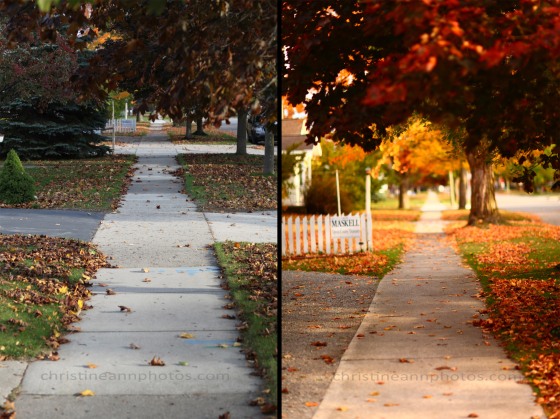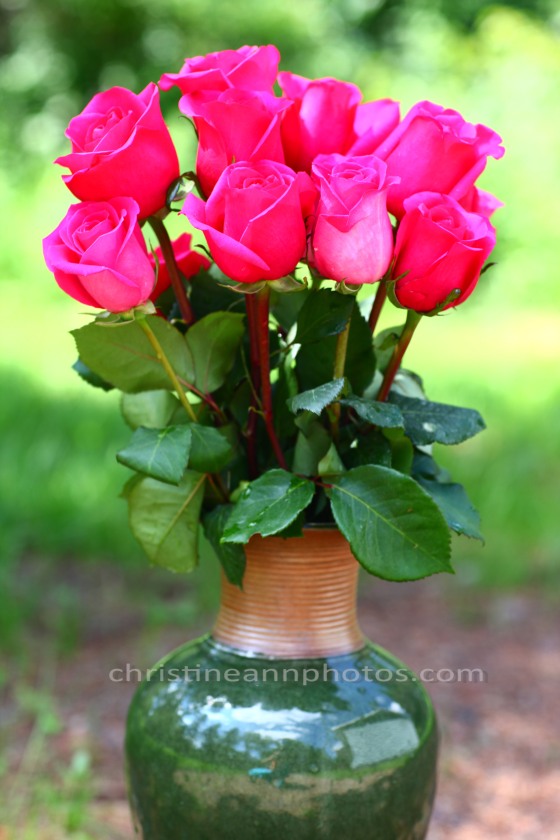Random late-night thought.. A friend of mine implied that people who take nice photos have nice equipment. This is a common thought and yes nice equipment helps and yes most people who take nice photos are very invested into photography and therefore own nice equipment but when you have nice equipment you also need to understand how to use it! And we all have heard of the iphone fashion shoot, showing us you can still take nice photos with less nice equipment.
Anyways the whole point of this blog post is to explain something important: Anyone can and very likely will capture the occasional stunning image based on pure luck. A professional understands how to make the stunning image happen on purpose. I am truly amazed by all the consideration that goes into a photo before taking it if you are looking at it with a trained eye!
Some things to take into consideration before taking a photo: your camera settings, your background/location, the direction the person you are taking photos of is facing, where the light is coming from and where the light is landing on your person you are photographing, where the sun is at in the sky, how the person/people are posed, how cropped into the image you are/how close or far away you are from the people/the background-to-person ratio, the angle of your camera, how the image is composed, what the focal point is, keeping lines parallel, keeping open space even, if you are using a flash or not. etc.
You can still get nice photos by shooting wherever you want without taking these things into consideration but the question is: can you replicate the nice images you get on purpose? I was taking photos for many years before starting a business. I never knew when the right time to become a business was. In retrospect, I think the right time was when I finally understood the many many elements that go into a photo so that I knew exactly where to place people and how to make sure I wasn’t riding just on luck. It also took awhile (and lots and lots of practice) to train my eyes!
I remember the first time I learned the rule of composition concerning “parallels” (keep your lines parallel) I decided to practice and it was so awkward for me to try paying attention to parallel lines in the image! Now it’s just totally natural and instinctual. I also missed many details like an unbuttoned button or a collar not folded down nicely. Now I notice stuff like that pretty easily :).
So train your eyes to notice the details, start paying attention to your photos and take note of what you like about the image and do not like. Pay attention to how the light was hitting the person you photographed and what time of the day it was and what your settings were set to. This is all pretty awkward at first but it all comes with practice! It’s like when you first learned how to type.. super awkward and uncomfortable and now it’s just a natural instinct!
This photo could have gone horribly wrong had I positioned them at a different spot.. but because of the knowledge I have accumulated, I understand how to position people for the best results.
-Christine Ann
www.christineannphotos.com
www.facebook.com/christineannphotos
Duluth Minnesota/Superior Wisconsin Photographer







